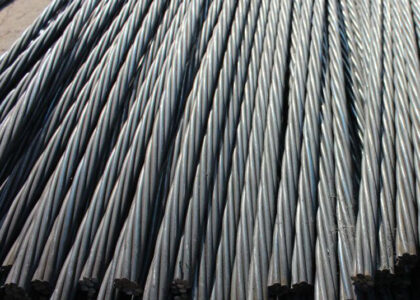The fall protection market is witnessing steady growth, driven by a growing emphasis on workplace safety and stringent regulations. Here’s a breakdown of the current scenario, opportunities for manufacturers, and the promising future scope of this market:
Current Scenario:
- Key Drivers:
- Rising awareness of workplace safety, particularly in construction and manufacturing sectors.
- Stringent government regulations mandating fall protection equipment usage.
- Increased focus on worker well-being and reducing workplace accidents.
- Market Segmentation:
- By product type: Soft goods (harnesses, lanyards) dominate the market, followed by hard goods (guardrails, anchor points) and installed systems.
- By end-use industry: Construction, manufacturing, and oil & gas are the primary users, with potential for growth in wind energy and telecommunications.
Get Exclusive Sample Copy of the Report: https://www.futuremarketinsights.com/reports/sample/rep-gb-18825
Opportunities for Manufacturers:
- Innovation in Materials and Design: Developing lighter, more comfortable, and user-friendly fall protection equipment can enhance worker acceptance and compliance.
- Focus on Specific Applications: Tailoring fall protection solutions for specific industries like wind energy or roofing can address niche market needs.
- Integration with Technology: Smart harnesses with integrated sensors or connected lanyards can offer real-time monitoring and data for improved safety management.
- Expansion into Emerging Markets: Developing regions with growing industrial sectors present significant opportunities for fall protection equipment manufacturers.
- Sustainability Focus: Utilizing eco-friendly materials and offering recyclable or repairable equipment can cater to environmentally conscious buyers.
Future Scope:
- Market Growth: The market is expected to maintain steady growth, driven by increasing urbanization, infrastructure development, and growing safety awareness.
- Focus on Training and Education: Manufacturers can expand their offerings by including training programs or educational resources on proper fall protection equipment use.
- Integration with the Internet of Things (IoT): Connected fall protection equipment with real-time data capabilities will likely become more prominent, facilitating improved safety management and preventive maintenance.
- Rise of Rental and Subscription Models: Offering rental or subscription services for fall protection equipment can cater to smaller businesses or temporary projects.
- Focus on Customization: Manufacturers may see a trend towards customization of fall protection solutions to meet specific workplace requirements.
Read more info: https://www.futuremarketinsights.com/reports/fall-protection-market



